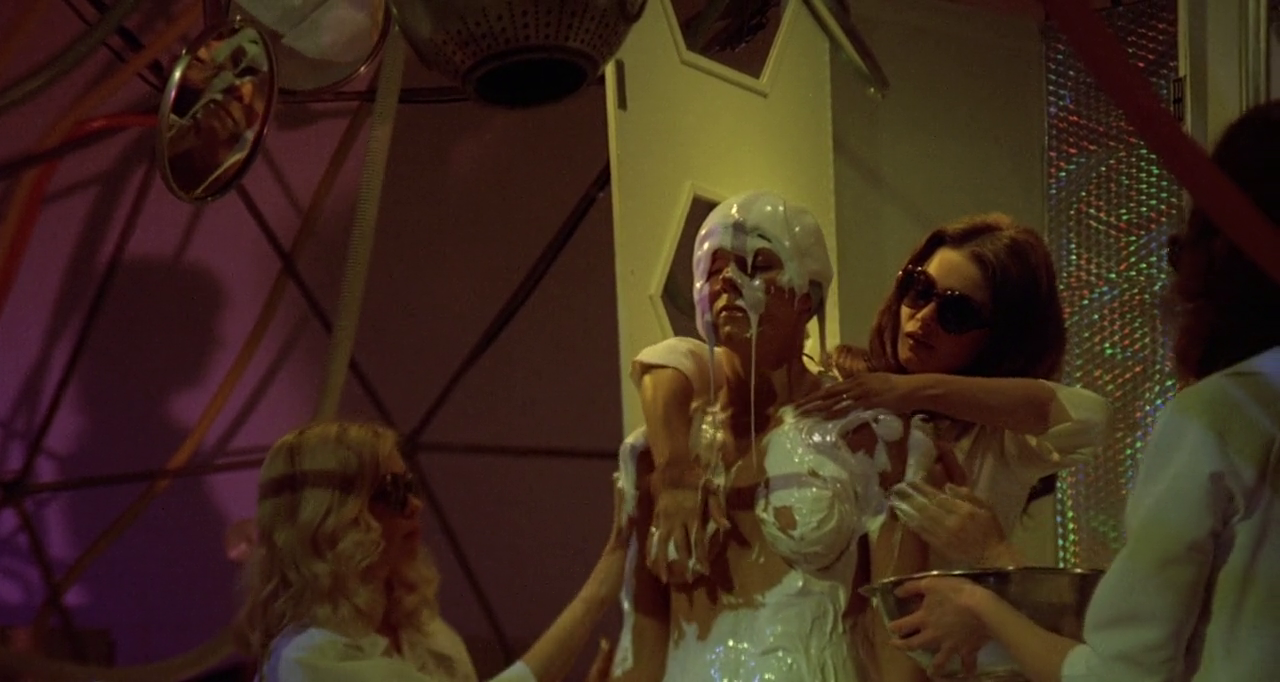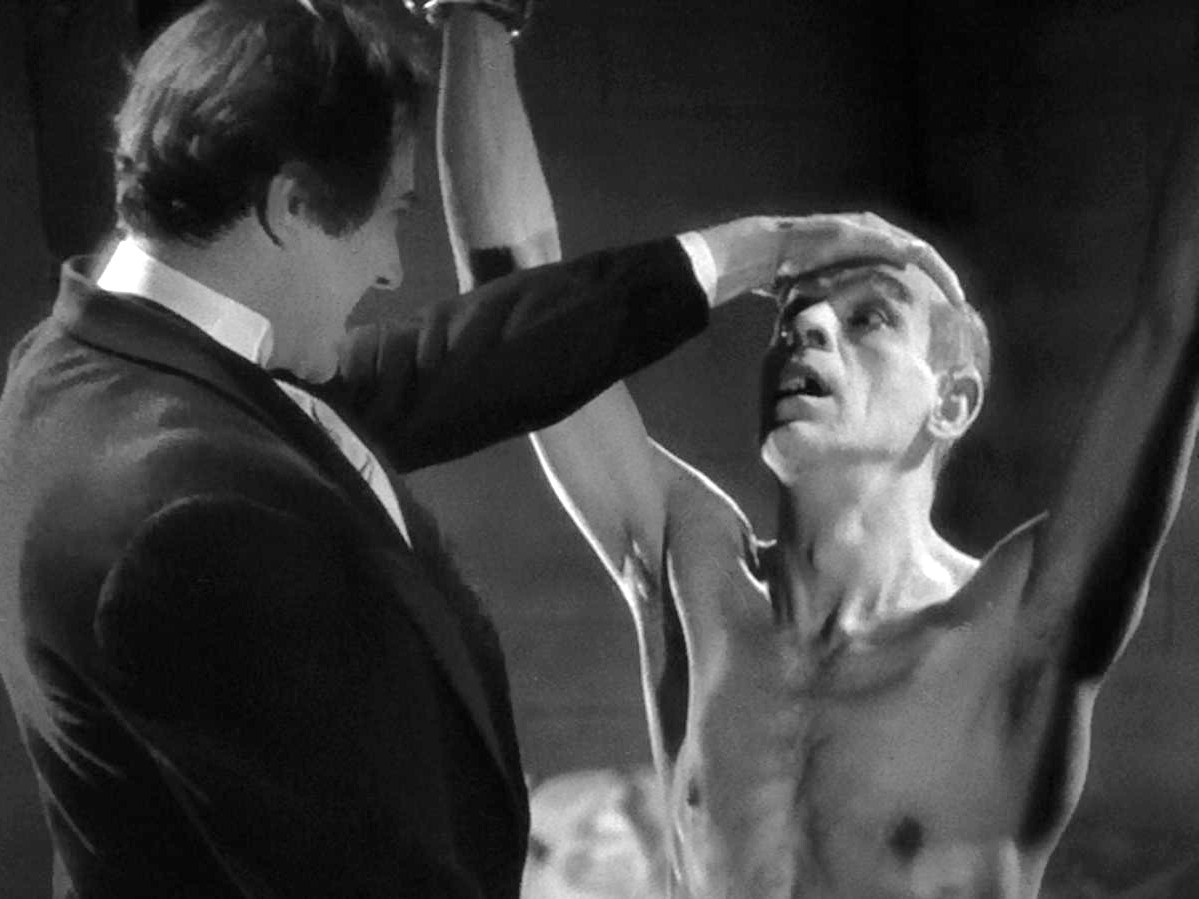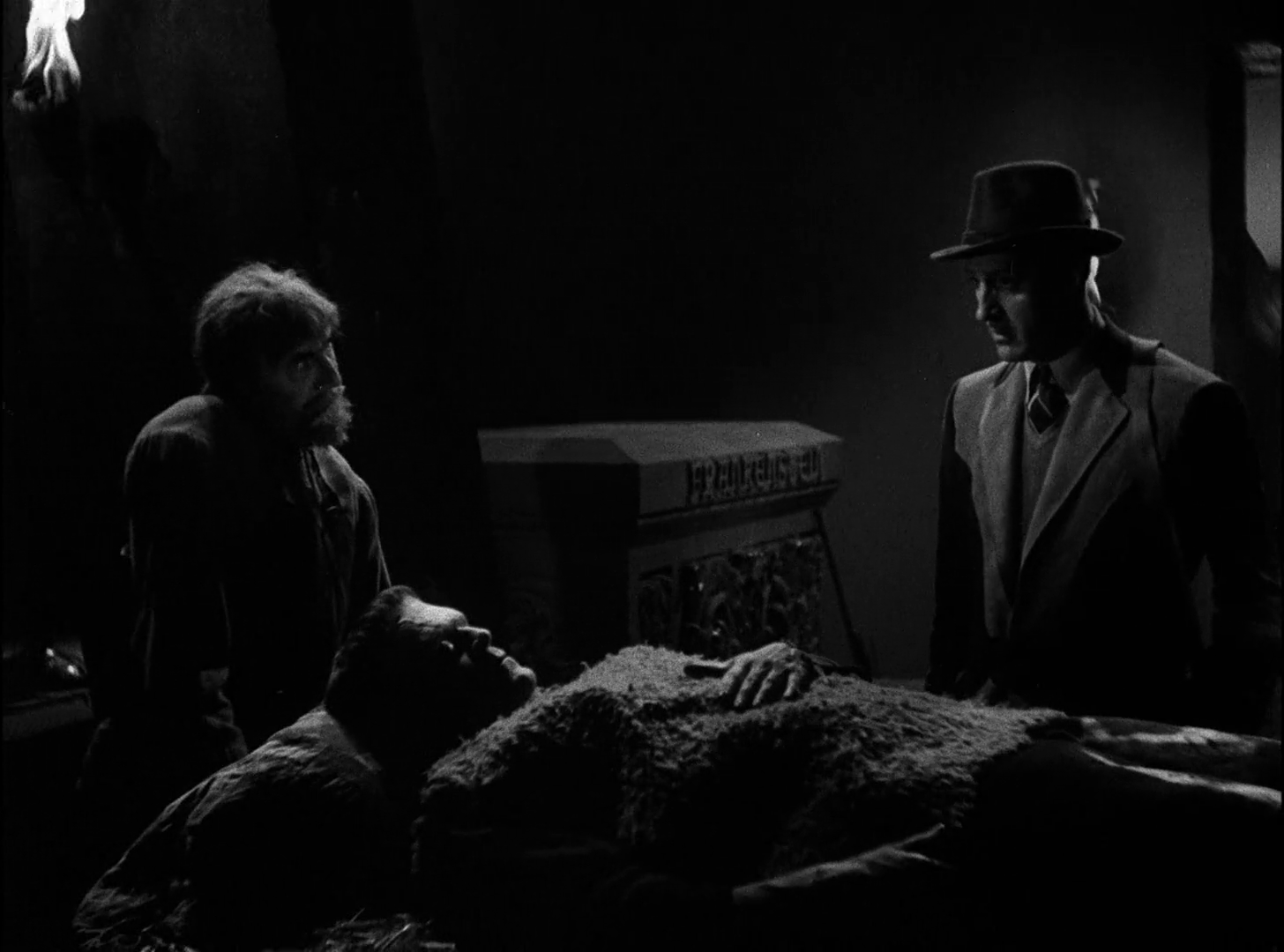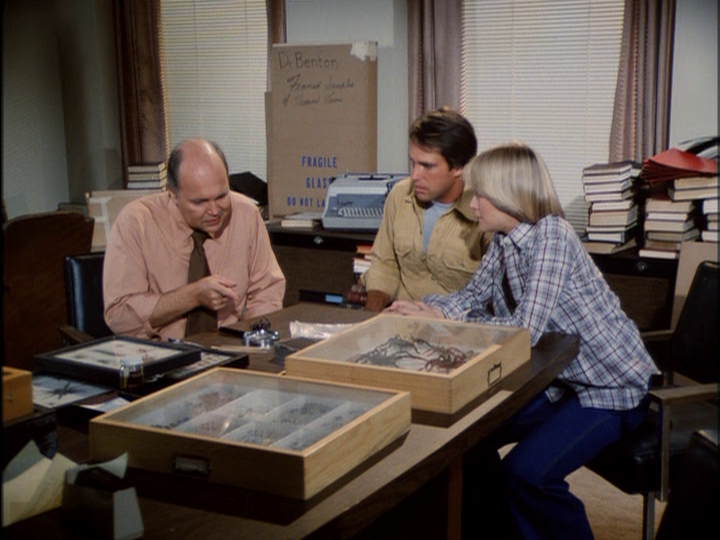How can you make a low-budget made-for-television movie about killer bees seem attractive to the average television viewer? The answer is simple, cast legendary actress Gloria Swanson to star in the film, and this was the “logical” decision behind Killer Bees, an ABC Movie of the Week that resulted in what is probably one of the more interesting "killer bee movies" to come out during this era.
After an opening bee attack, one that dealt with an annoying travelling salesman who trespassed on the wrong property, we settle into a family drama regarding the returning prodigal son Edward Van Bohlen (Edward Albert) to the family estate, a wine-making business that began three generations ago when Edward’s grandmother Madame Maria Van Bohlen (Gloria Swanson) came to America from Africa with a host of African killer bees to pollinate their vineyard, apparently, their little bee feet bring a nice honey taste to the wine. The drama is kicked off due to the fact that Edward has returned with a girlfriend in two, Victoria Wells (Kate Jackson), and he later reveals that she is his fiancée, and this raises tensions up a few notches as she is considered an interloper. It should be noted that while this is a movie about killer bees these creatures do not have a lot of screen time, especially considering the film’s short runtime of 75 minutes, and while we get Edward’s brother Dr. Helmut Van Bohlen (Roger Davis) running around doing his best to cover up bee related deaths the bees themselves are more like secondary antagonists, all under the watchful eye of "The Madame" who seems to operate as the hives queen.
“I’m ready for my close-up, Mister DeMille.”
We do get the local authority, in the form of Sergeant Jeffreys (John S. Ragin), investigating the deaths, but he quickly learns that the family’s death grip on the town’s economy makes this pretty much impossible and his time on screen is fairly useless and goes nowhere, with Madame Van Bohlen making it clear to the sergeant that her bees are totally harmless, letting them crawl all over her to prove how tame they are, but this only comes across as creepier than it does reassuring. When Madame Van Bohlen dies from a stroke, after learning that "Victoria the Interloper" is carrying Edward’s child, the film does take an interesting turn, with Victoria claiming the bees were possibly responsible for Madame’s death and everyone in the family breaking out laughing as if that was the dumbest thing they’d ever heard. This is a decidedly unsettling moment, especially considering that Edward joins in on the laughing, and Victoria rightly wants to get the hell out of Dodge but her exodus is delayed by Edward’s insistence that he must stay for the funeral. Here is where things finally get interesting, while everyone is at the funeral service, leaving Victoria back at that winery packing her things, a group of bees attack the church while other bees “shepherd” Victoria up into the attic where their main hive is located, and it is there that she is chosen to be their new queen.
“The queen is dead, long live the new queen!”
Stray Observations:
• The first victim of the killer bees is some random asshole who, while stopping for gas, decides to climb a fence clearly marked “No Trespassing” just to look at an out-of-season vineyard. This entire scene is so forced and goofy that it’s quite laughable, he may as well have been wearing a “Please Sting Me” sign on his back.
• The family seems to want Edward back home but is not all that welcoming of his fiancée, do they not understand that future heirs kind of require him to marry someone, and there are certainly a lot worse specimens out there than Kate Jackson.
• Victoria runs to the diner to call for help when a lineman is injured in a fall and she has to ask the owner for change to use the payphone, but wouldn’t it make more sense for the owner to simply let her use the business phone? Also, calling 911 wouldn’t require any money in the first place.
• Arriving at the scene of the dead lineman, Dr. Helmut Van Bohlen angrily informs Edward that “Your girlfriend thought this was a police matter” and while he knows the family is all about covering up the “bee problem” how was Victoria to know there was a conspiracy to maintain? These people don’t know how to villain properly.
• The doctor and Edward also take the body back to his practice and I’m pretty sure removing a dead body from the scene of an accident, without notifying the authorities, is a crime.
• The funeral service for Madame Van Bohlen is held the very next day after her death, which has to be the fastest turnaround time in the history of funeral services, and even though Helmut Van Bohlen is also the town coroner I know for a fact that he wouldn’t be allowed to sign a death certificate for a family member.
• For a film about killer bees not much money was spent on the effects, and while the live bees walking all over Gloria Swanson was impressive the optical effects to show them swarming were laughably bad and more distracting than scary.
This looks more like someone forgot to clean the camera lens than it does bees attacking.
The film’s twist ending of the bees choosing Victoria as their new queen is definitely disturbing and weird but it definitely takes the plot into the territory of the supernatural and this was something that the filmmakers did not properly set up, we certainly get no explanation as to why Victoria would agree to such an arrangement, so one must assume that the bees “influenced” her somehow and the fact that all the members of Van Bohlen family immediately recognize her as the new queen just brings up more questions than are answered. It’s cool to have a twist ending but it has to be based on a logical progression of events and not just thrown at you seconds before the end credits roll. Overall, Killer Bees gets points for providing a rather interesting take on the killer bee genre, it just failed in the execution.












































